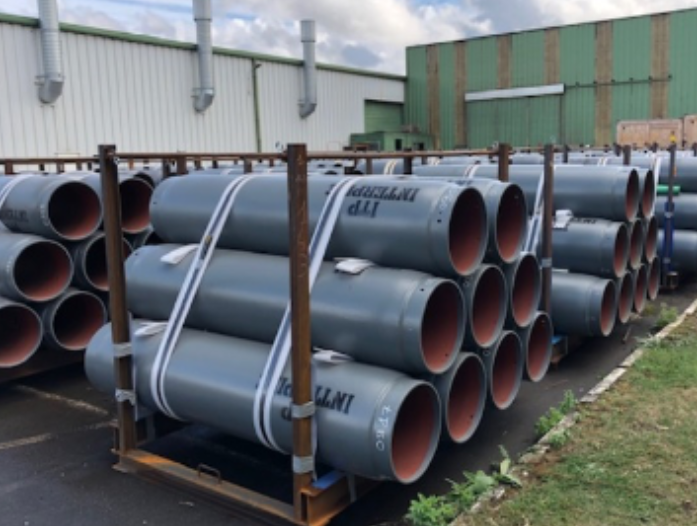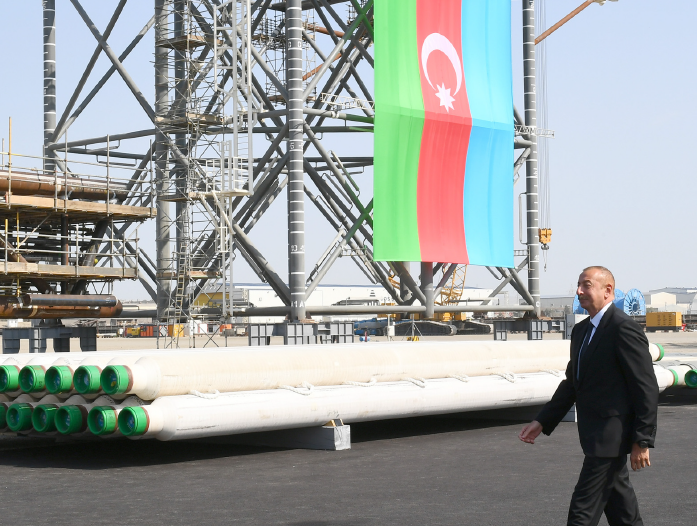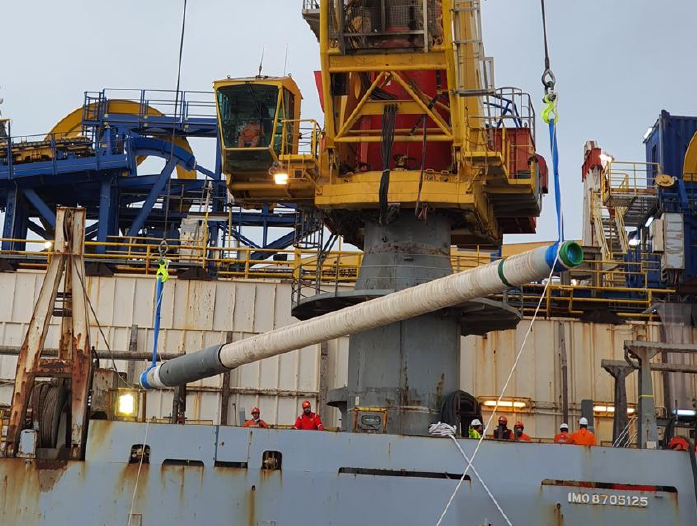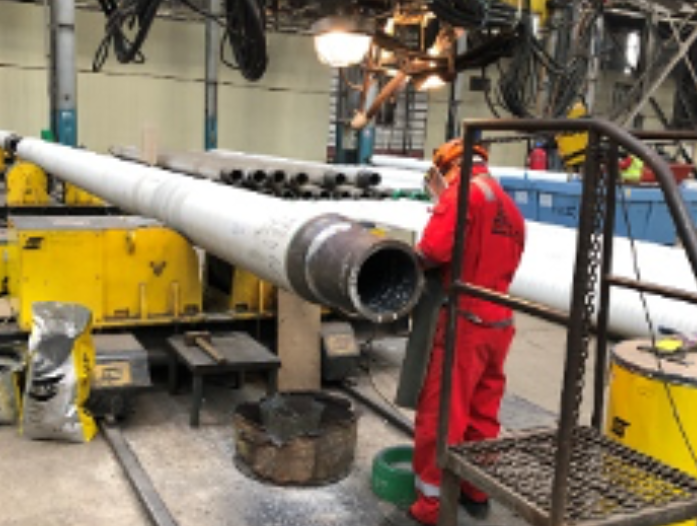
Continuous heating is possible for flow assurance. The resistive heating together with the efficiency of PIP means low power consumption.
EHTF enables single line tieback to existing facilities. Low power requirements limit the topside brown-field modifications
Izoflex insulation allows for excellent U-value in a compact PIP. For reeling this means more PIP on the reel or enabling larger flow diameters.
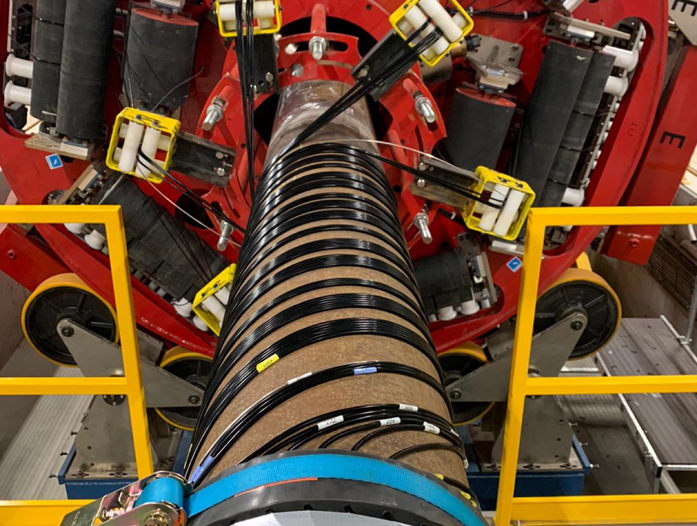
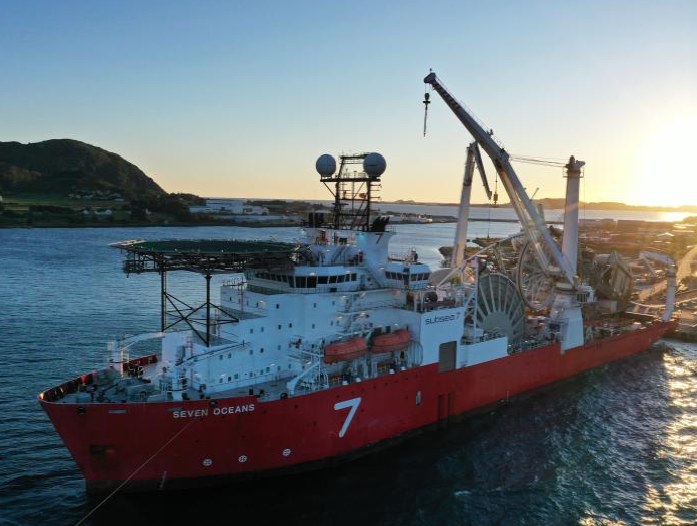
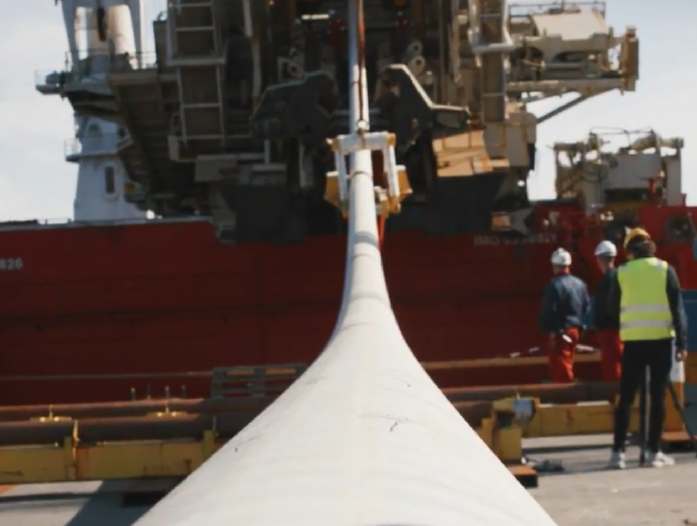
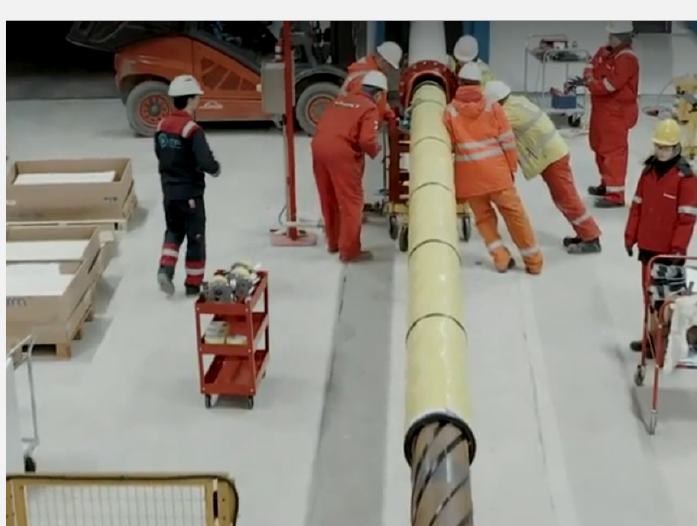
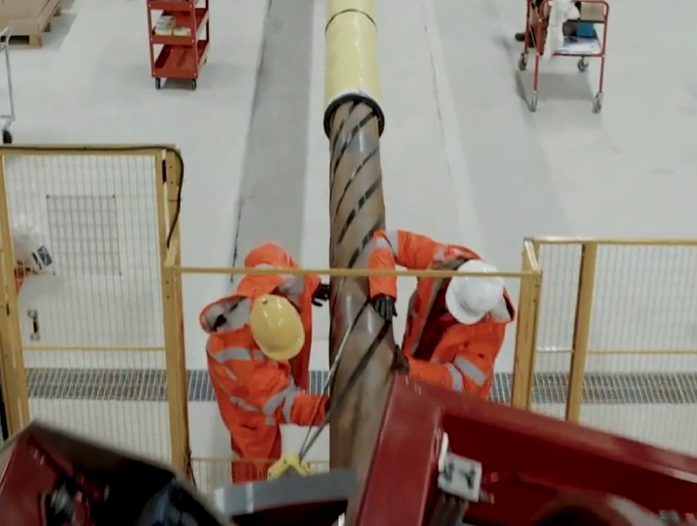
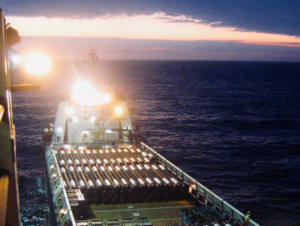
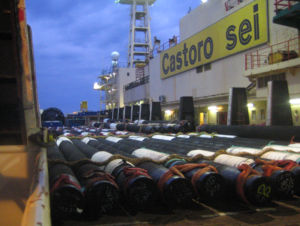
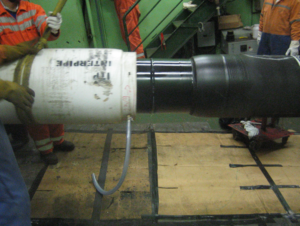
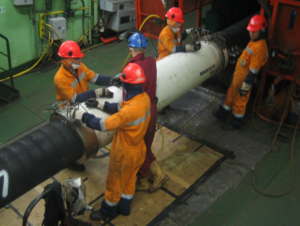
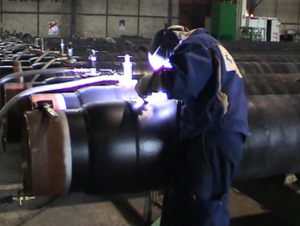
Custom design with tulip inserts to ensure distributed strain coupling to handle thermal expansion and transients.
First Use of Izoflex as pipeline insulation providing a U-value of 1,2 W/m2.K in a compact deign.
Full penetration outer pipe welding coupled with tulip design allowed for required expansion and fatigue behaviour.
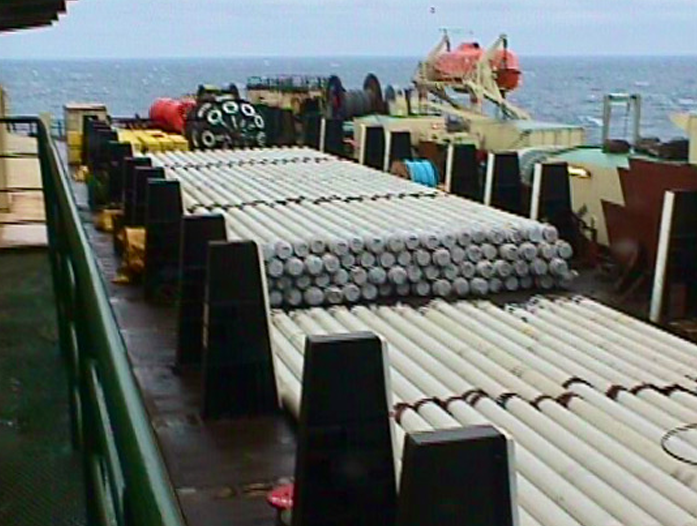
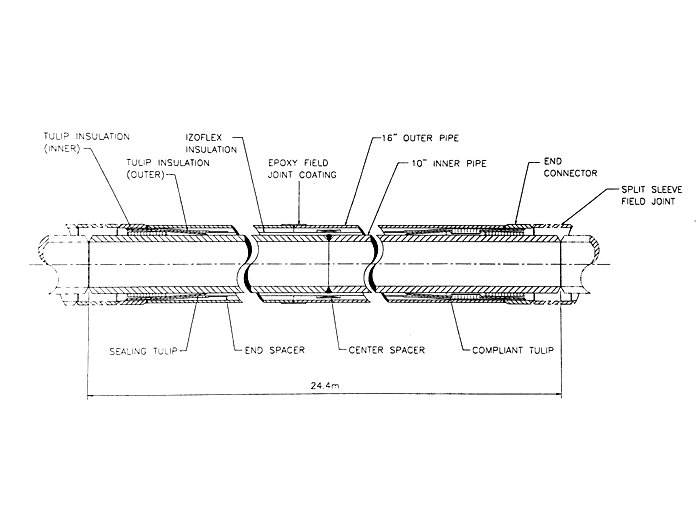
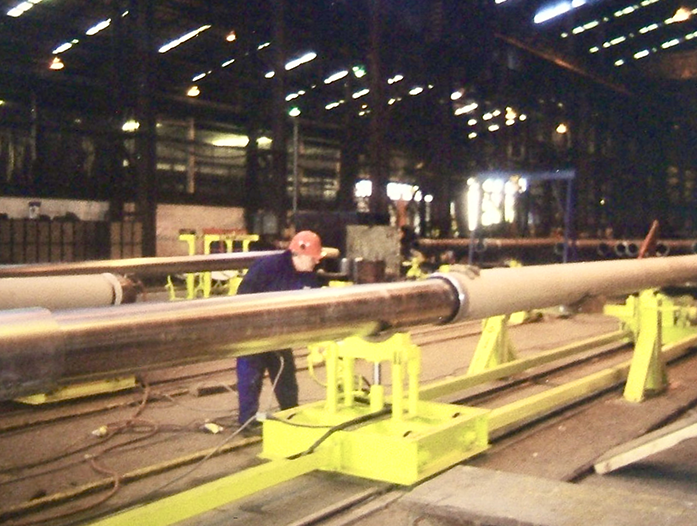
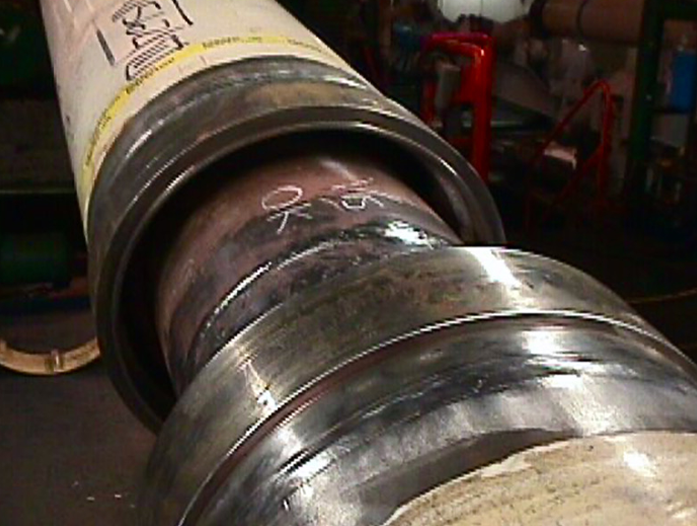
Full EPCI carried out in In joint-venture with McConnell Dowell.
25 - 50 MMUSD / 2 years (2018 – 20) / 520 000 manhours
Zero LTI / Zero Fatality / SHARP award for OHAS
The highly viscous bitumen has a minimum flowing temperature of 160°C. A U-value of 0.5W/m2-K is required to minimize temperature drop during operations and to extend cooldown times to for contingency shutdown procedures. An active heating system is needed for standard shutdown temperature maintenance and as a re-heat solution.
The high operating temperature exerts significant loading on the pipelines from thermal expansion, while space restriction at the landfalls mean that conventional expansion spools cannot be used.
The combination ITP’s Izoflex thermal insulation and AsphaltAx heat tracing technologies resulted in a system with less than 1°C temperature drop along the line and cooldown times above 45 hours, with indefinite temperature maintenance in shut-down and the capacity to re-heat.
Electrical heat tracing, temperature and pressure monitoring and pipeline integrity monitoring are handled by a standalone control & monitoring module delivered as part of the project scope. Fiber optic cables for temperature sensing and telecommunications purposes are also incorporated in the pipeline system.
The PIP design with strain coupling keeps the onshore footprint limited within the permitted area, with minimal end expansions.
ITP experience with electrical heat tracing for subsea flowline applications was complemented by its in-house testing capability, which allowed proven concepts to be qualified to the project specification and constraints and confirm the design robustness during the project engineering phase.
The partnership with McConnell Dowell, a company with strong presence in Singapore, facilitated the timely obtention of all required regulatory approvals and ensured the selection of an optimum build and install philosophy.
Finally, a collaborative and transparent approach with ExxonMobil and a clear focus on quality and safety shared by all stakeholders enabled the overcoming of technical and execution challenges and secured the successful delivery of a highly innovative project.
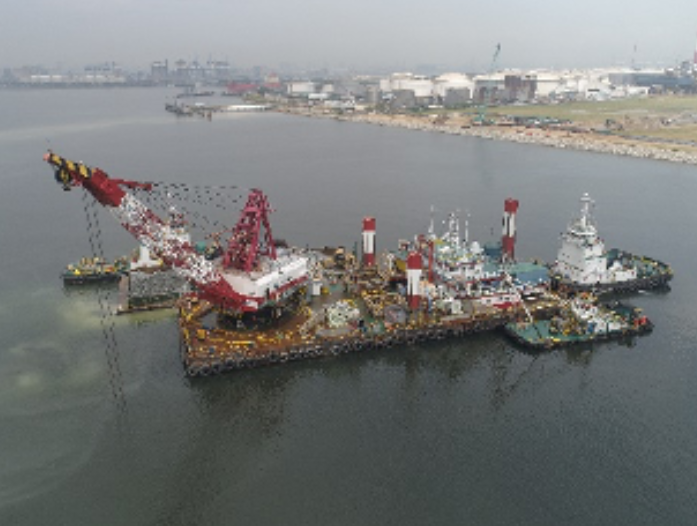
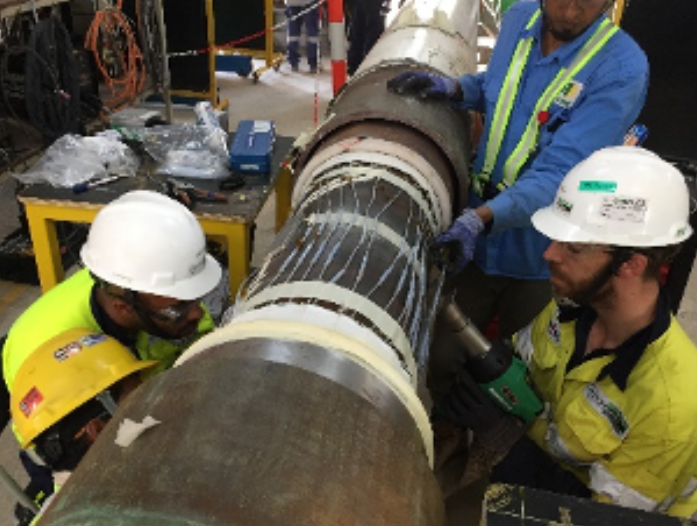
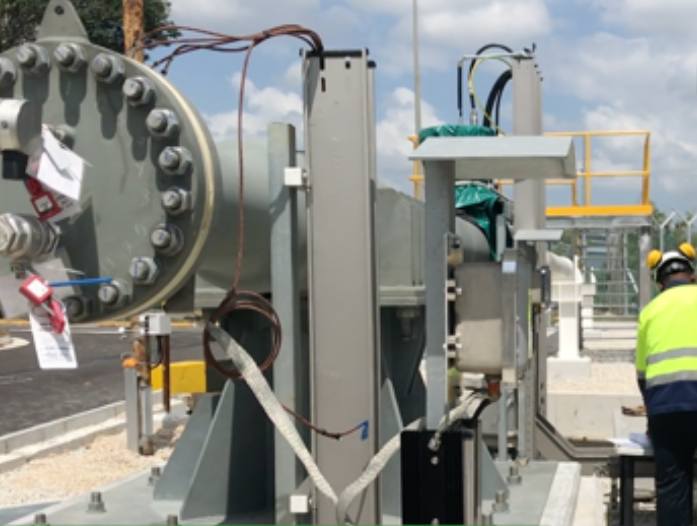
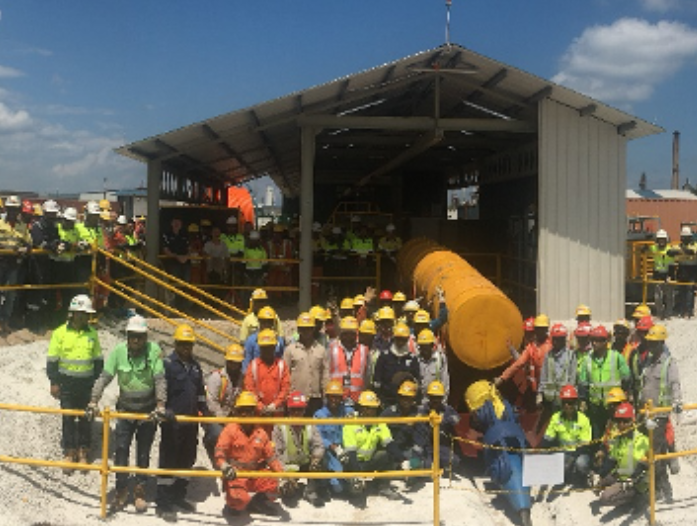
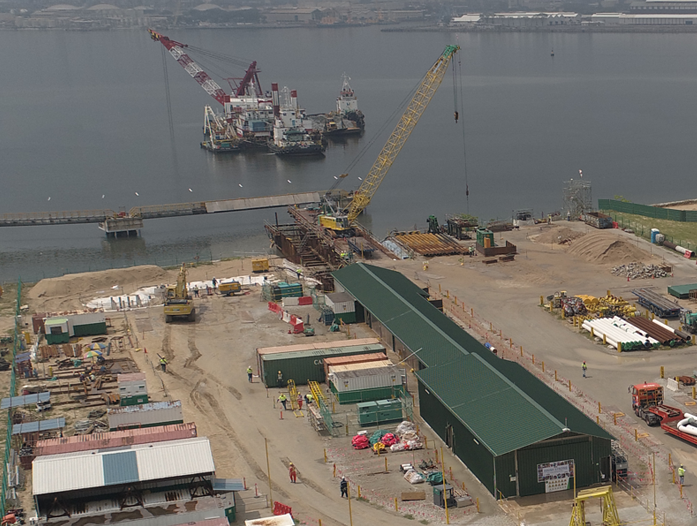
Procurement, pre-fabrication and field construction support for Corpus Christi LPG.
Design, procurement, pre-fabrication and field construction support for Camisea Subsea Pipeline Loading System.
2004
The conventional trestle originally proposed for this project was the victim of local objections. These objections were based on the high visibility of such lines and concern that a trestle would interfere with fishing boat routes. The trestle was also subject to a risk of collision over the anticipated 35-year project life and was higher in cost than the subsea option.
While the system is designed to continuously circulate product through the cryogenic lines to keep them cold, the system’s thermal performance resulted in such a low boil-off rate that the pipelines can be shut-in between shipments for longer than a week and still maintain operating temperatures.
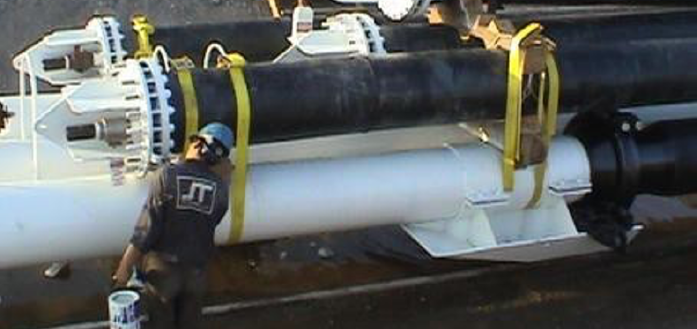
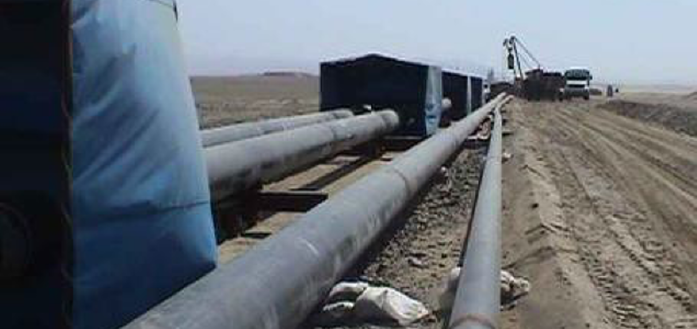
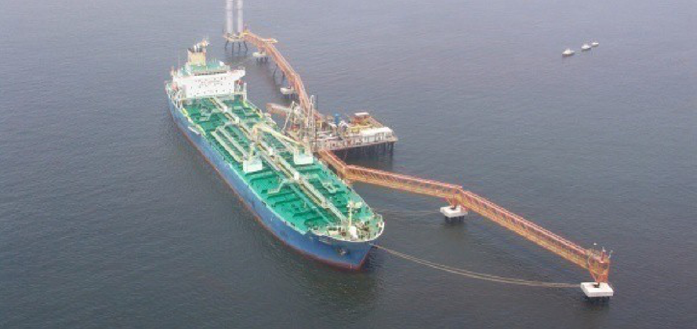
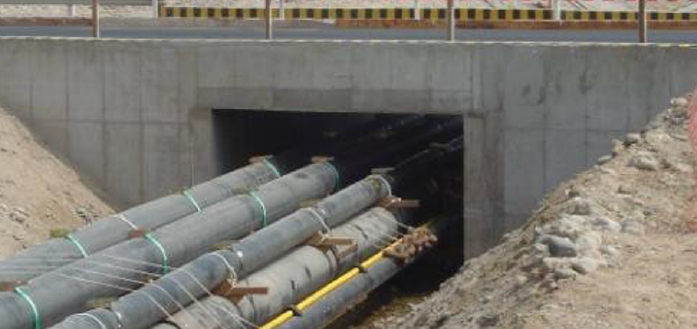
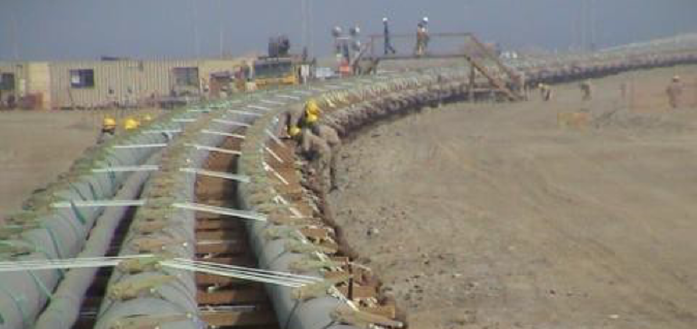
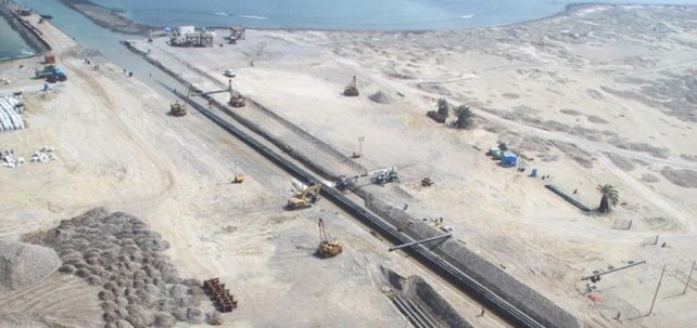
Design, procurement, pre-fabrication and construction supervision for BPCL West Bengal Haldia LPG terminal.
2018
World-class thermal performance and ability to bury the PIP in congested corridor with national highway, national rail track and populated areas was critical for BPCL. Fast track execution was required to meet Clients agressive schedule.
PIP installation was conducted during difficult and unpredictable Covid-19 pandemic, with related lockdown / stoppage of the works prior completion.
Anticipation and Flexibility was required to adjust to schedule’s constraints and modification. Engineering anticipated Procurement requirements and advance long-lead delivery schedule. All detailed guidelines and specifications were accelerated to facilitate operations and contractor’s training for pipe-in-pipe assembly activities. The PIP was designed to ease assembly with modular construction activities.
In the face of pandemic and travel restrictions, ITP immediately implemented a remote quality control process to enable the client to continue his installation operations with local quality control on site.
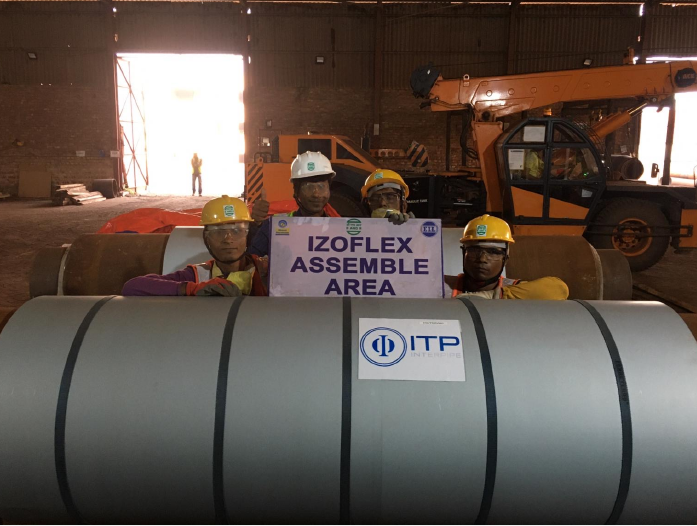
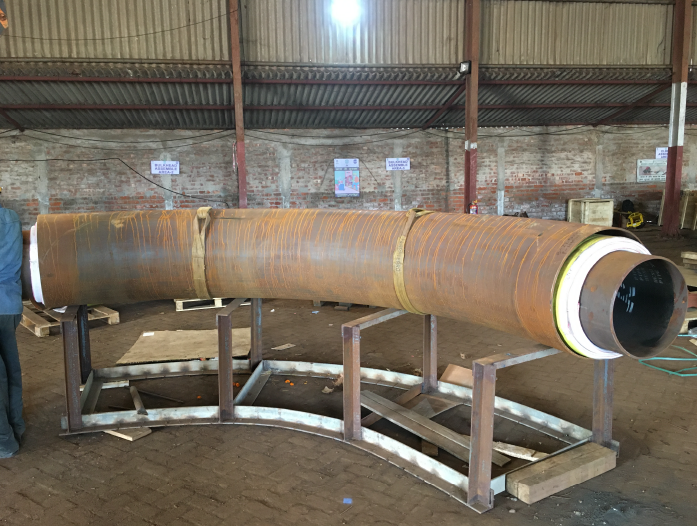
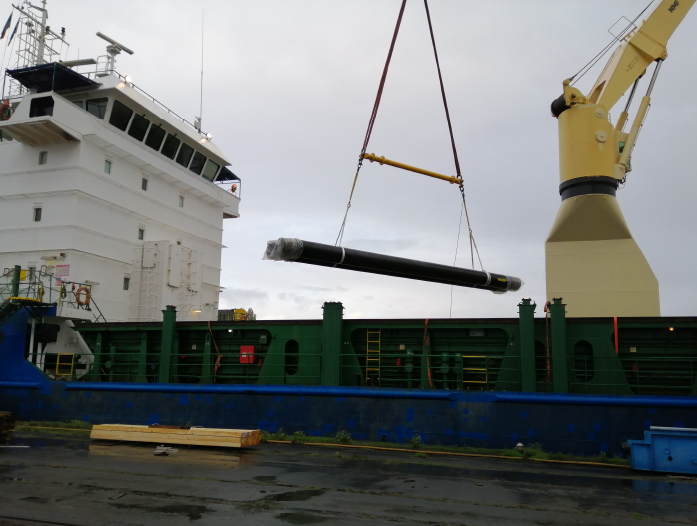
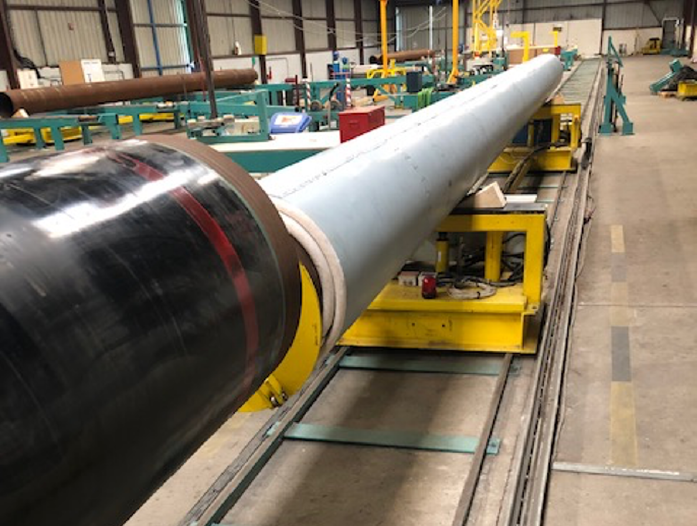
A PIP with a 24’’ 36%Ni inner pipe allowed for fully constrained buried PIP. A U-value of 0,1 W/m2.K was provided.
First-class suppliers were selected for the procurement of the pipes, hot induction bends, bulkheads forged pieces, thermal insulation and leak detection system.
Our fabrication in yard in Normandy was mobilized for pre-fabrication of PIP.
Engineering and pre-fabrication were completed on a fast track basis, within 10 months from Purchase Order placement to FOB delivery.
Swage J-lay PIP provides strain coupled design ideal for predictable and distributed behaviour of the flowline at high temperatures.
PIP designed for the mechanical constraints and fatigue associated with deep water installation and operation.
Ultra compact design with only 5 mm Izoflex to obtain the required U-value. This means better stability and less materials.
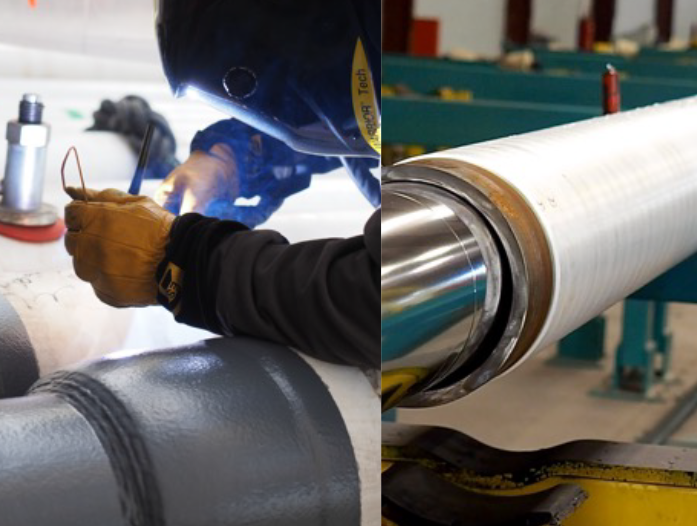
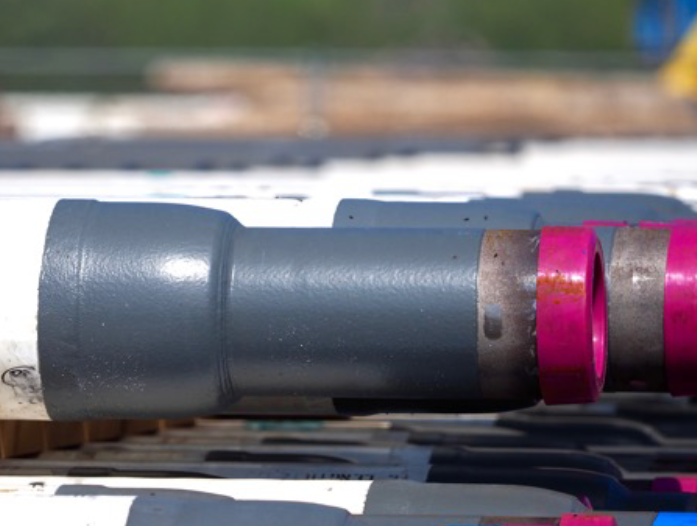
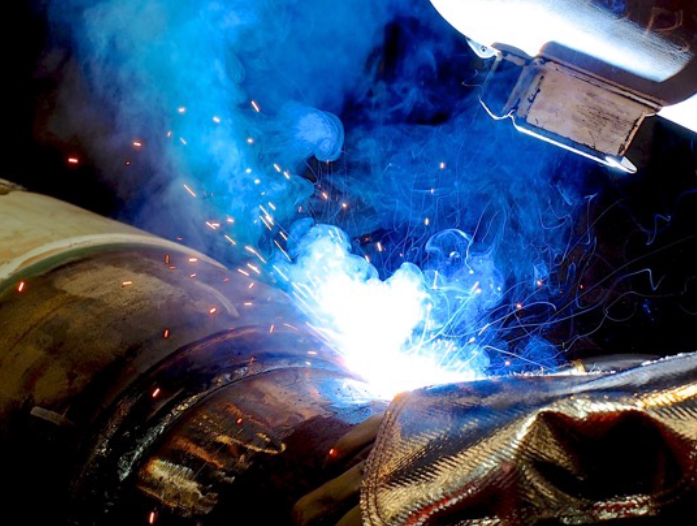
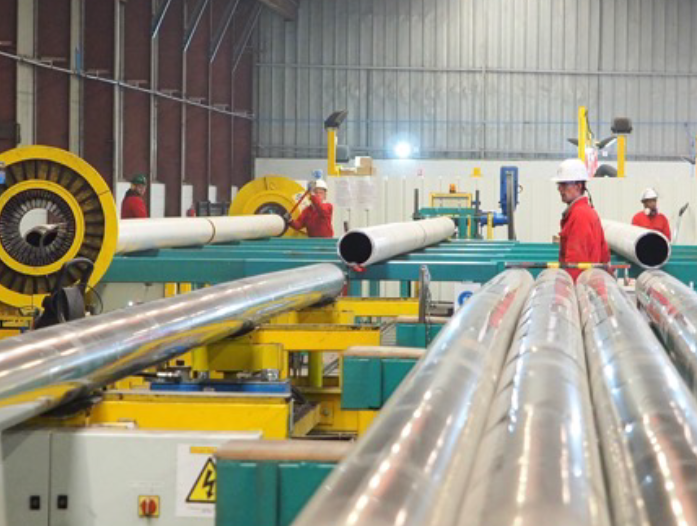
Single-joint PIP provides access to high performance U-value whilst enabling PIP installation with local lay-barge.
Robust implementation for market leading performance fabricated in-country.
Ultra compact design to obtain the required U-value. This means lower top tensions, better stability and less materials.
